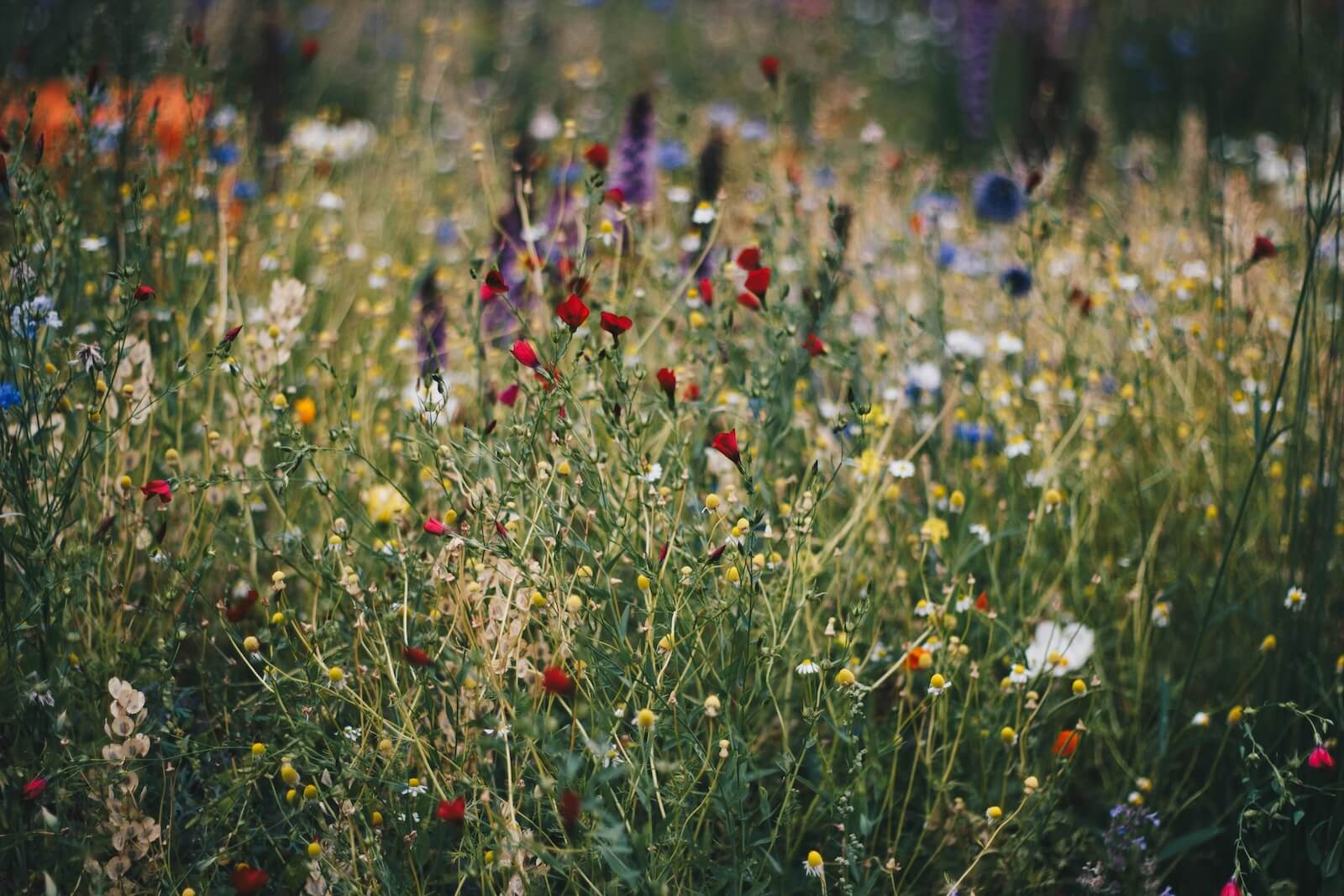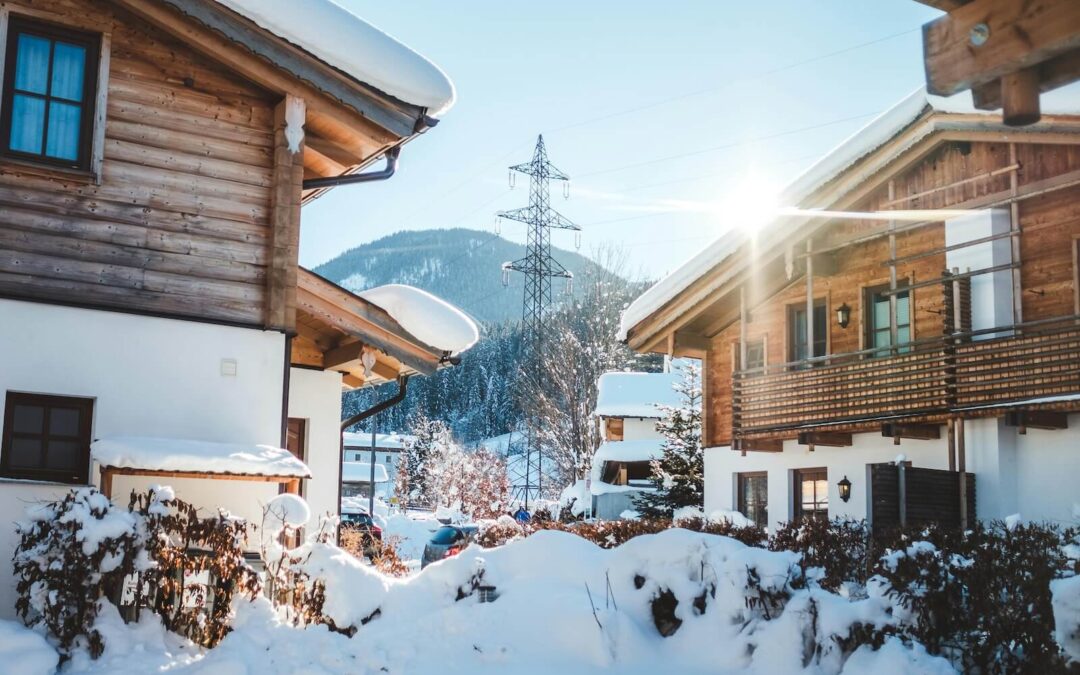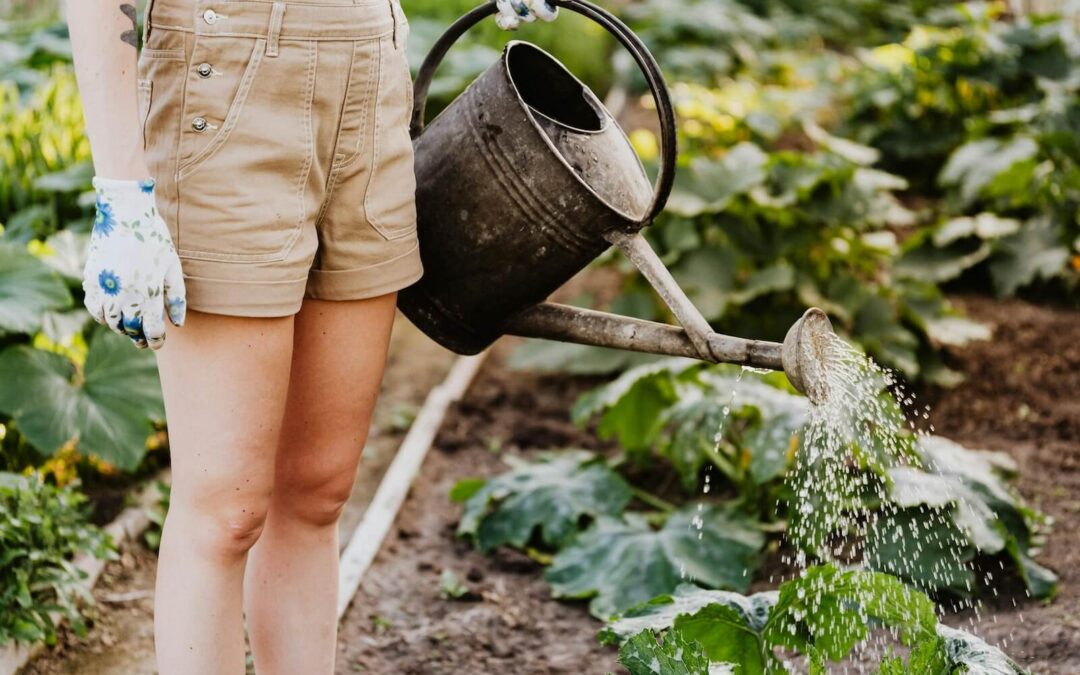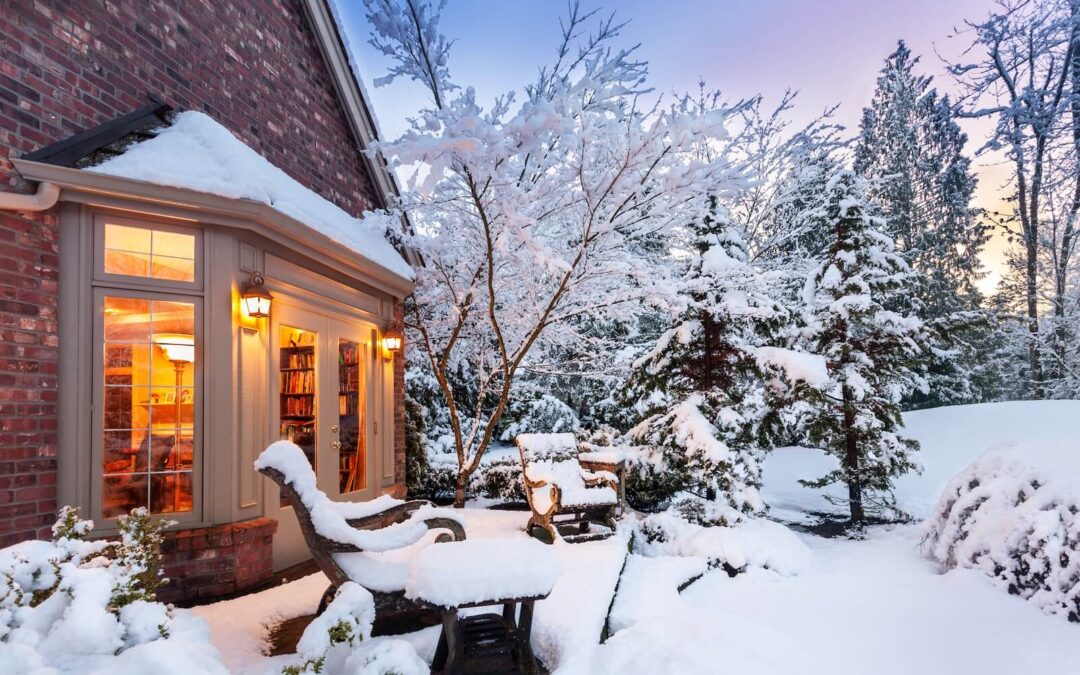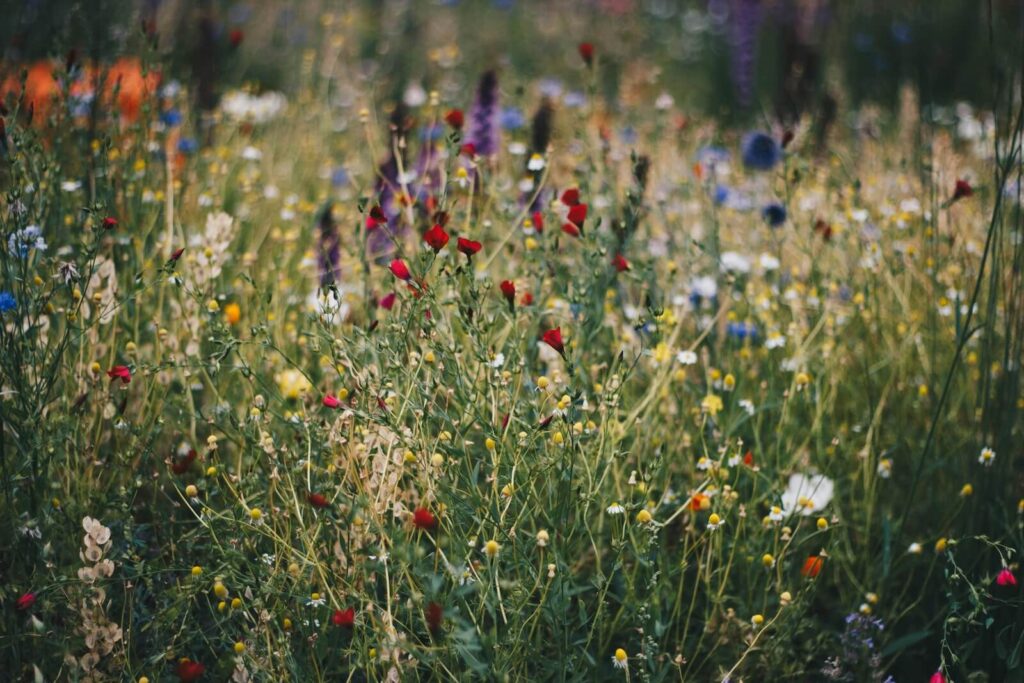
Colorado’s diverse ecosystems are home to an incredible variety of native wildflowers, many of which are as resilient as they are beautiful. If you’re dreaming of a garden that bursts with color, attracts butterflies and bees, and thrives in Colorado’s unique climate, a native wildflower garden may be the perfect solution.
At Lifescape Colorado, we believe in a thoughtful landscape design where a wildflower garden isn’t just an aesthetic choice; it’s an investment in the health of your landscape and your local environment. Whether you have a sprawling property in the foothills or a small urban backyard, here’s how to get started on a wildflower garden that celebrates Colorado’s natural heritage.
Why Choose Native Wildflowers?
Native Colorado plants are uniquely adapted to the state’s elevation, temperature swings, and semi-arid conditions, making them far more resilient than imported species. When you plant native wildflowers, you’re choosing a low-maintenance, water-wise garden that doesn’t require chemical fertilizers or excessive irrigation to thrive.
Here’s what you gain with native wildflowers:
- Drought tolerance
- Natural resistance to local pests and diseases
- Support for local pollinators like bees, butterflies, and hummingbirds
- Seasonal interest and vibrant, dynamic color
- A deepened connection to Colorado’s natural beauty
Step One: Know Your Site
Before you start digging, take time to understand the natural conditions of your garden space. Consider:
- Sunlight: Most wildflowers prefer full sun (6+ hours a day), but there are options for partial shade too.
- Soil type: Sandy, clay, or loamy? Knowing what you’re working with helps determine soil amendments or which species will thrive.
- Moisture: Is your area naturally dry, or does it retain moisture?
- Wind and elevation: Colorado’s wind exposure and altitude can affect plant selection.
If you’re not sure, Lifescape’s design team can conduct a site analysis to recommend plants and layouts suited to your unique space.
Step Two: Prepare the Soil
Colorado soils can be compacted or nutrient-poor, so proper soil preparation is key to giving wildflowers a healthy start.
- Remove weeds and turf: Clear existing vegetation to reduce competition. Solarizing or sheet mulching can help eliminate stubborn weeds naturally.
- Loosen the soil: Wildflowers appreciate well-drained soil. Break up compacted earth and consider mixing in compost to improve texture and moisture retention.
- Avoid over-fertilizing: Many wildflowers actually thrive in lean soils, and too much fertility can favor weeds or cause floppy growth.
Once your soil is prepped, rake it smooth and gently water before seeding or planting.
Step Three: Choose Your Plants
A successful wildflower garden includes a mix of colors, heights, and bloom times to create visual interest and ecological diversity. Consider planting in waves or repeating clusters for a natural, cohesive look.
Native Colorado Wildflowers to Consider:
- Rocky Mountain Columbine (Aquilegia coerulea) – Colorado’s state flower, with delicate bi-colored petals and great for shade gardens.
- Blanketflower (Gaillardia aristata) – Long-blooming and tough, with fiery red and yellow petals.
- Prairie Coneflower (Ratibida columnifera) – Also known as the Mexican Hat plant, this drought-tolerant flower adds height and movement.
- Blue Flax (Linum lewisii) – Graceful blue blooms that sway with the wind; perfect for sunny slopes.
- Showy Milkweed (Asclepias speciosa) – Critical for monarch butterflies and great in pollinator patches.
- Penstemon (Penstemon strictus) – Spikes of purple-blue flowers that attract hummingbirds.
- Wild Lupine (Lupinus perennis) – Early-season blooms that improve soil nitrogen levels.
Work with a local nursery or partner with Lifescape Colorado to source high-quality native plants or seed mixes tailored to your elevation and region.
Step Four: Plant with Intention
There are two main ways to create your wildflower garden: sowing seeds or planting plugs (young plants). Each has pros and cons:
- Seeds are cost-effective and cover large areas well, but may take a year or more to fully establish.
- Plugs give a faster, more predictable outcome and are great for small spaces or detailed garden beds.
Sow seeds in the fall (best for native germination) or early spring, mixing them with sand for better distribution. Plant plugs after the last frost and water deeply to encourage strong root development.
Group plants by water needs, and don’t be afraid to layer heights — tall in the back, medium in the middle, low-growing groundcovers near edges or pathways.
Step Five: Mulch, Water, and Wait
After planting, lightly mulch around new plants or over seeds with weed-free straw or shredded bark to retain moisture and prevent erosion. Avoid heavy mulching over seeded areas.
- Water regularly during establishment, tapering off as plants mature. Once rooted, most native wildflowers need far less water than traditional garden beds.
- Weed vigilantly in the first year. This is key while your wildflowers get established and outcompete unwanted invaders.
With a little patience, your wildflower garden will begin to fill in and naturalize, rewarding you with waves of color, texture, and buzzing pollinator activity.
Keeping Your Wildflower Garden Thriving
Though low-maintenance by design, your wildflower garden will benefit from seasonal upkeep:
- Deadhead selectively to prolong blooming or allow seed dispersal for self-sowing.
- Cut back spent plants in late fall or early spring to keep the garden tidy and encourage regrowth.
- Re-seed or supplement gaps with new species to keep diversity and vibrancy high.
Want help keeping it beautiful year after year? Lifescape’s property care team offers customized landscape maintenance programs designed to support native gardens with the attention they deserve.
Ready to Go Native?
Creating a wildflower garden with native Colorado plants is more than a landscaping choice — it’s a celebration of local beauty, a win for pollinators, and a gift to your future self in terms of ease and enjoyment.
At Lifescape Colorado, we specialize in designing, installing, and maintaining sustainable landscapes that thrive in our state’s unique environment. From small pollinator patches to sweeping meadows, we’ll help you build a wildflower garden that’s as functional as it is breathtaking.
Contact us today to get started on your own native wildflower garden and turn your outdoor space into a natural work of art.

